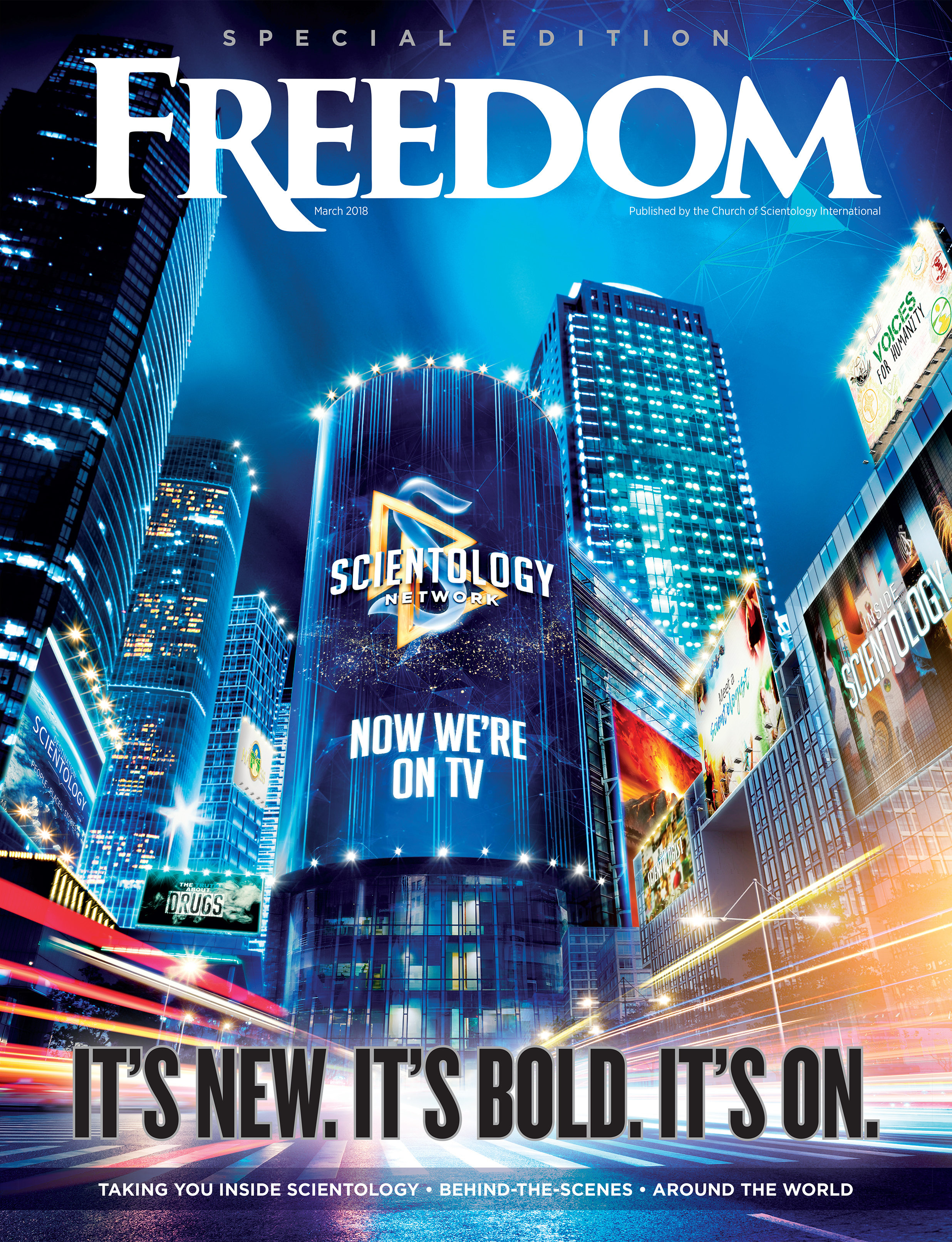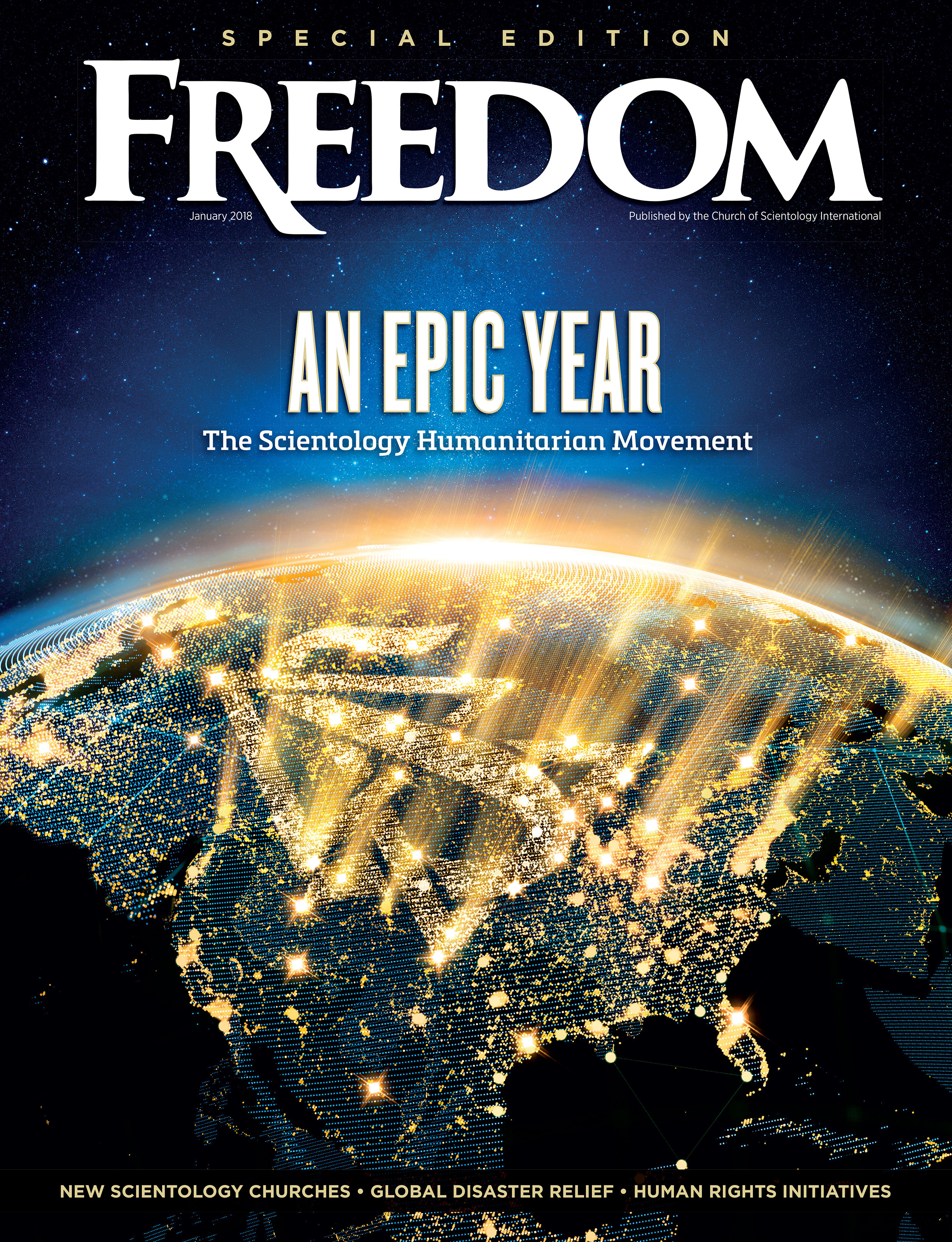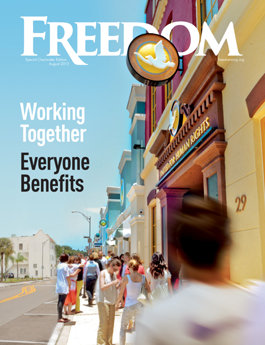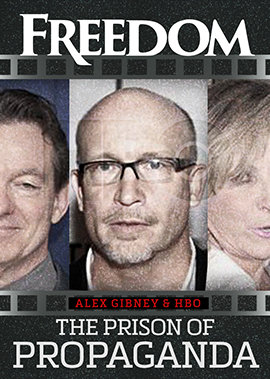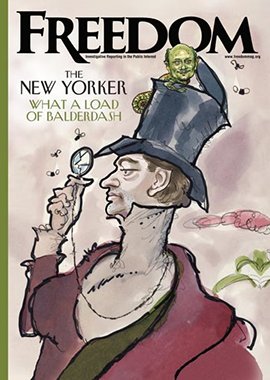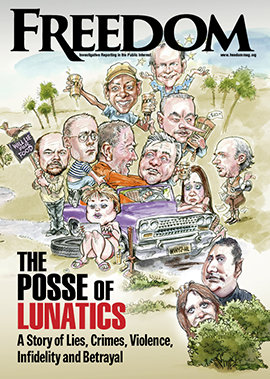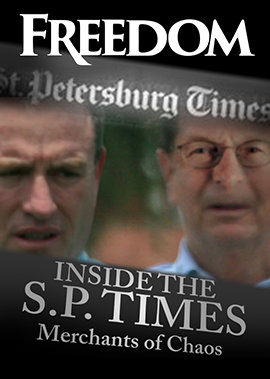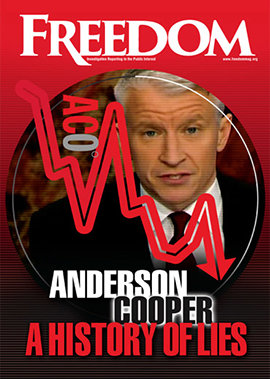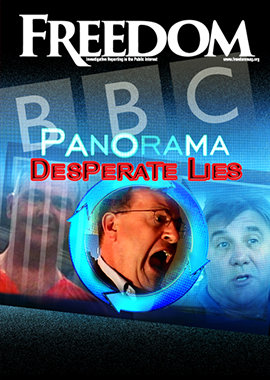Among these is the freedom of religion, enshrined in the First Amendment of the US Constitution.
The groundbreaking new Free Exercise: America’s Story of Religious Liberty documentary explores that most cherished—and contested—right, while offering an unparalleled exploration of the First Amendment’s Free Exercise Clause as a cornerstone of American democracy. The most comprehensive film ever produced on the history, development and meaning of that clause, the film serves as a powerful reminder that the story of America’s ongoing pursuit of freedom and justice is still being written, and that each of us has a role to play in its success.
“An attack on one religion is an attack on all.”
Visually arresting and intellectually engaging, Free Exercise weaves together archival footage, dramatic reenactments and interviews with historians, legal scholars and faith leaders. The result is a narrative that is both informative and deeply moving.

Viewers are invited to see religious liberty not as an abstract principle but as a lived reality that shapes the existences of individuals and communities—and specifically through the lens of six diverse American faith communities: Quakers, Baptists, Black churches, Catholics, Latter-day Saints and Jews. Each group’s story illuminates a unique facet of the struggle for religious liberty and the broader American experiment in pluralism:
- The film’s journey begins with the Quakers, who faced severe persecution in colonial America for their pacifist beliefs and unorthodox practices. Their unwavering commitment to conscience and tolerance laid a foundation for the broader understanding of religious freedom.
- Baptists, for their part, played a pivotal role in advocating for the separation of church and state and shaping the First Amendment’s guarantees—particularly the Free Exercise Clause.
- The Black church has long been a vital institution in American history. From slavery to the civil rights movement, Black churches have served as sanctuaries of faith and resilience, embodying the fight for freedom in both spiritual and cultural realms.
- Catholics, too, have experienced their share of struggles and triumphs. Once viewed with suspicion and subjected to widespread discrimination, Catholics ultimately proved integral to the American narrative of inclusion. Their story reflects the broader challenge of integrating diverse traditions into a shared national identity.
- Latter-day Saints, facing violent persecution and forced migration, persevered to establish a thriving community that embodies both resilience and faith.
- The experiences of American Jews highlight the challenges and possibilities of maintaining cultural and religious identity in a pluralistic society. From battling antisemitism to advocating for equal rights, their story is one of conviction and strength.
Free Exercise emphasizes how the struggles of these communities aren’t isolated but interconnected, illustrating the broader imperative to protect religious freedom for all. In the words of Orrin Hatch, Utah’s longtime US senator and co-sponsor of the 1993 Religious Freedom Restoration Act: “An attack on one religion is an attack on all.”
As every American can attest, religious liberty remains as relevant today as it was in the earliest days of the republic.
Unlike nations with histories of religious extremism or state-imposed secularism, the United States has fostered a culture where diverse faiths can coexist and thrive, a point highlighted in the documentary. But this balance hasn’t come without effort or compromise. The film emphasizes that the American model of religious liberty, while imperfect, represents a remarkable achievement in human history.
James Madison, often hailed as the “Father of the Constitution,” was instrumental in drafting the First Amendment and its famous Free Exercise Clause, and his influence remains palpable in modern debates. The documentary underscores how Madison’s vision is central to balancing individual freedoms with societal interests in contemporary controversies.
While the documentary’s initial focus is historical, it soon widens its lens to examine modern challenges to religious liberty as well as landmark Supreme Court cases that have shaped the interpretation of the Free Exercise Clause—including controversies over school prayer, conscientious objection and the rights of religious minorities.
As every American can attest, religious liberty remains as relevant today as it was in the earliest days of the republic. Contemporary debates over issues like healthcare mandates, religious expression in the workplace and the role of religion in public life reveal the ongoing struggle to define and protect this foundational right. The documentary invites viewers to consider these challenges in light of America’s historical commitment to religious freedom.
In this way, Free Exercise is more than a recounting of events, it is a call to reflection and action, and a timely and essential exploration of a right that defines the American identity. By examining the triumphs and trials of the past, the film encourages Americans to engage thoughtfully with the present and future of religious liberty—shedding light, in the process, on the profound question of what it means to live in a society that values both freedom and faith.







